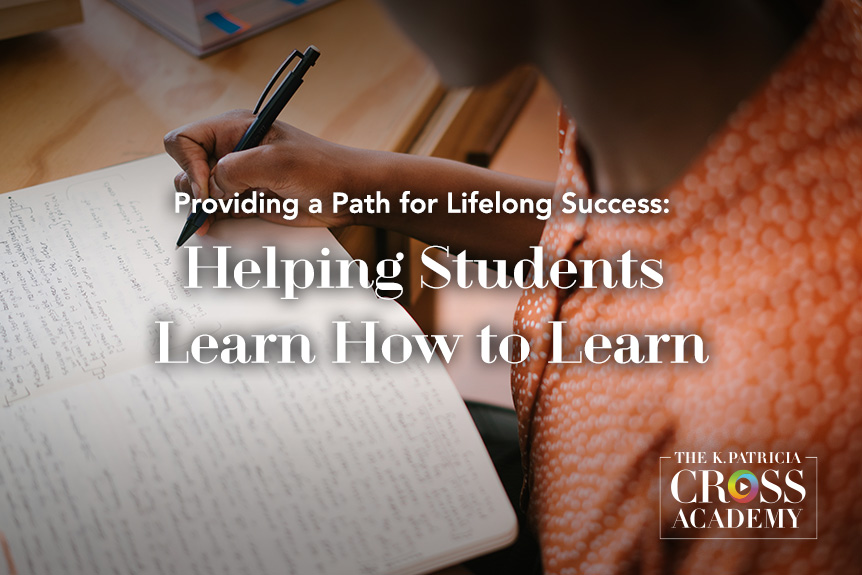
Discussion as a teaching method has deep-rooted historical origins dating back to the ancient Greeks, including the legendary philosopher Socrates (469 BC – 399 BC). Socrates is renowned for his teaching methods that prioritized questioning over traditional lectures. He believed in using probing questions to stimulate critical thinking and deeper understanding in his students. Socrates’s discussion-oriented teaching strategy has left a lasting impact, prompting its inclusion in contemporary classrooms.
In modern education, “discussion” typically refers to instructional strategies that emphasize participation, dialogue, and two-way communication. As Nilson (2010) puts it, discussion is a “productive exchange of viewpoints, a collective exploration of issues.” Some educators advocate for a more democratic perspective on classroom discussions, emphasizing open-ended and collaborative exchanges of ideas and information between teachers and students or among students (Lowman, 1995). Effective discussion, as Nilson (2010) argues, requires striking a balance between free expression and guided learning. Instructors must plan and control the content and conduct of discussions to ensure they remain productive. Finding this equilibrium is vital for achieving the desired learning outcomes.
Instructors must plan and control the content and conduct of discussions to ensure they remain productive. Finding this equilibrium is vital for achieving the desired learning outcomes.
The Purpose of Discussion in Learning
Discussion serves as a valuable tool for deepening students’ thinking and learning. Unlike traditional lectures focused on information delivery, discussions aim to apply and integrate knowledge. They promote critical thinking, group collaboration, and deep learning, which is essential for developing higher-order thinking skills (Lowman, 1995; Morrison et al., 2009).
Effective discussion methods, as described by Brookfield and Preskill (2005), offer numerous benefits to the college classroom. These outcomes include:
- Exploring diverse perspectives.
- Increasing awareness of ambiguity and complexity.
- Recognizing and investigating assumptions.
- Encouraging attentive, respectful listening.
- Developing an appreciation for differences.
- Enhancing intellectual agility.
- Connecting students to the subject.
- Valuing students’ voices and experiences.
- Teaching democratic discourse skills.
- Affirming students as co-creators of knowledge.
- Promoting clear communication.
- Fostering habits of collaborative learning.
- Increasing empathy.
- Developing synthesis and integration skills.
- Leading to transformation.

Tips for Effective Discussion
Here are some tips for conducting successful class discussions:
- Set Clear Objectives: Define specific learning goals and outcomes for the discussion. What do you want students to achieve or understand through the conversation? Clear objectives help focus the discussion and keep it on track.
- Create a Safe and Inclusive Environment: Ensure that the classroom environment is respectful and inclusive. Encourage all students to participate and express their thoughts without fear of judgment. Establish ground rules for respectful communication and active listening.
- Prepare and Organize: Come prepared with discussion topics, questions, or prompts. Organize your thoughts and materials in advance to guide the discussion effectively.
- Start with Open-Ended Questions: Begin the discussion with open-ended questions that encourage critical thinking and require more than a simple “yes” or “no” answer. Open-ended questions promote deeper conversations.
- Encourage Student-Led Discussions: Allow students to take the lead in the discussion. Instead of dominating the conversation, act as a facilitator, guiding and redirecting the conversation when necessary.
- Actively Listen: Listen attentively to what students are saying. Show that you value their contributions. Encourage them to elaborate on their thoughts and provide examples.
- Use Wait Time: After asking a question, give students sufficient “wait time” to think before responding. This 3-10 second pause encourages thoughtful responses and gives introverted students a chance to participate.
- Paraphrase and Summarize: Summarize or paraphrase students’ contributions to ensure understanding and promote further discussion. This technique can also clarify and reframe ideas for the benefit of the entire class.
- Foster Student-to-Student Interaction: Encourage students to engage with one another. Peer interactions can deepen understanding and encourage collaboration. Group discussions or think-pair-share activities can be effective.
- Manage Dominant Speakers: If some students tend to dominate the discussion, use strategies like setting time limits for responses, redirecting questions to other students, or encouraging quieter individuals to participate.
- Connect to Real-World Context: Relate the discussion to real-world examples, current events, or practical applications. This helps students see the relevance of the topic and find it more engaging.
- Encourage Critical Thinking: Challenge students to think critically, analyze information, and support their arguments with evidence. Encourage them to ask “why” and “how” questions.
- Assess and Provide Feedback: Evaluate student contributions and provide constructive feedback. This can be done through assessments, peer evaluations, or individual feedback on their participation and quality of contributions.
- Reflect and Debrief: At the end of the discussion, take time to reflect on key takeaways. Summarize the main points, address any unresolved questions, and link the discussion to upcoming lessons.
To summarize, classroom discussions are a long-established pedagogical strategy. Done well, they have many benefits for both teachers and students. They also require careful facilitation and planning to ensure students are engaged and willing to participate and say what they truly think, feel, and believe. There are multiple Cross Academy Techniques that can support you in your efforts to promote effective discussions in your classroom.
Cross Academy Discussion Techniques
Instructors can vary the discussion formats to keep students engaged. Consider the following Cross Academy Techniques for discussion.
In Think-Pair-Share, the instructor poses a question, gives students a few minutes to think about a response, and then asks students to share their ideas with a partner. Hence Think-Pair-Share.
In Dyadic Interviews, student pairs take turns asking each other questions that tap into values, attitudes, beliefs, and prior experiences that are relevant to course content or learning goals.
In Fishbowl, students form concentric circles with a small group inside and a larger group outside. Students in the inner circle engage in an in-depth discussion, while students in the outer circle listen and critique content, logic, and group interaction.
In Jigsaw, students work in small groups to develop knowledge about a given topic before teaching what they have learned to another group.
Suggested Citation
Barkley, E. F., & Major, C. H. (n.d.). Engaging college students in effective classroom discussions. CrossCurrents. https://kpcrossacademy.org/engaging-college-students-in-effective-classroom-discussions/

Engaged Teaching
A Handbook for College Faculty
Available now, Engaged Teaching: A Handbook for College Faculty provides college faculty with a dynamic model of what it means to be an engaged teacher and offers practical strategies and techniques for putting the model into practice.








